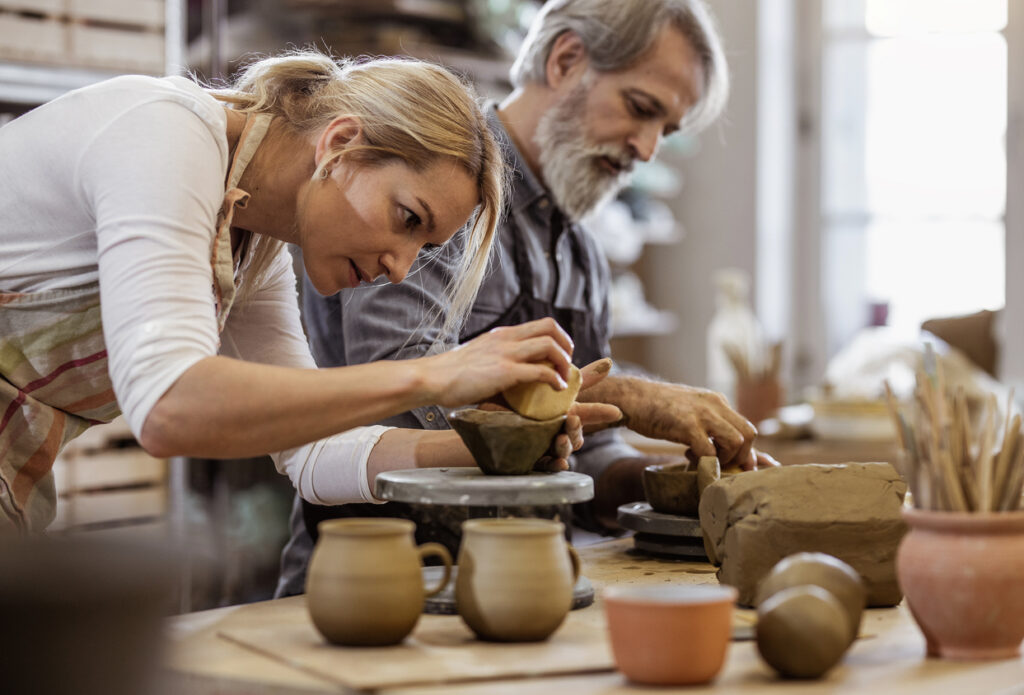Engaging in creative activities like painting and drawing provides a safe space to express and process emotions such as anger, sadness, and frustration. This emotional release is a crucial step in healing and overcoming addiction.
Emotional healing is a fundamental aspect of the recovery journey at NCTC. Through art therapy, clients can explore and process complex emotions associated with addiction. Engaging in creative activities provides people with a tangible outlet for expression.
Art therapy in addiction offers a unique avenue for clients to address emotional wounds and traumas that may have contributed to their addictive behaviors. This process of emotional release is essential for healing and breaking free from the cycle of addiction.
Art therapy in addiction serves as a powerful tool for building self-esteem and self-awareness. Engaging in creative activities allows clients to express themselves freely and authentically, fostering a sense of empowerment and confidence in their abilities.
Through art therapy in addiction treatment, people have the opportunity to explore their inner thoughts, feelings, and experiences in a non-judgmental space. As they create and reflect on their artwork, they gain insight into their personal identity.
This process of self-exploration encourages people to embrace their unique qualities. It also guides them in recognizing their inherent worth and potential.
Art therapy in addiction treatment offers a calming and soothing environment where people can channel their energy into creative expression. Activities such as painting, drawing, and collage-making promote relaxation and mindfulness.
Furthermore, art therapy equips people with valuable coping skills for managing triggers that may lead to relapse. Through creative engagement, clients learn healthy ways to cope with stress and navigate difficult emotions without resorting to substance use.
Through creative expression, clients discover new pathways to healing and find strength and support in their journey toward lasting sobriety and well-being.
By integrating art therapy into addiction treatment, New Choices empowers individuals to:
Art therapy is a versatile tool that can be used by people of all ages and backgrounds. Engaging in creative activities like drawing can help people process emotions and experiences related to addiction. This makes art therapy an accessible method of healing.
It also respects and embraces cultural differences. This makes it an inclusive option for everyone. The culturally sensitive approach of art therapy ensures that people from diverse backgrounds feel seen and valued.
For those who find it hard to express themselves verbally, art therapy provides an alternative way to communicate. Through art, people can share their stories and emotions in a non-verbal, yet deeply personal, manner.
This is especially beneficial for people who might struggle with:

